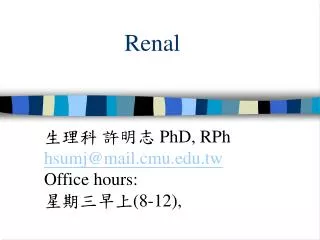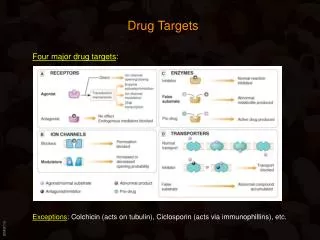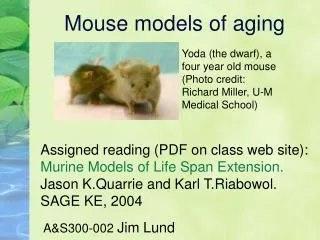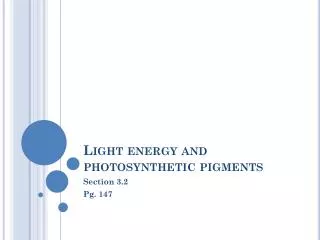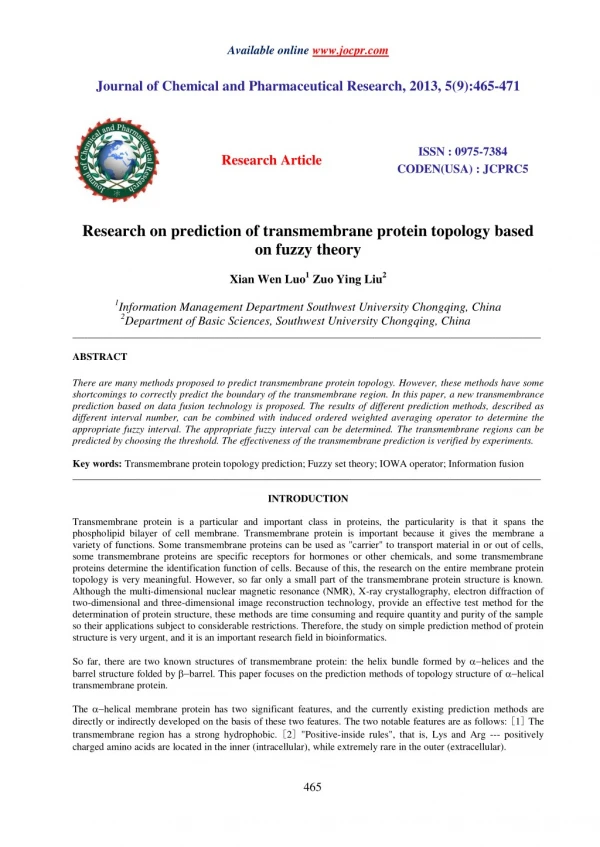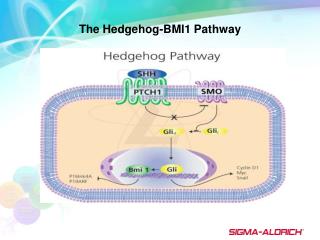carbonic anhydrase IX
Carbonic anhydrases (CAs) are a large family of zinc metalloenzymes that catalyze the reversible hydration of carbon dioxide. They participate in a variety of biological processes, including respiration, calcification, acid-base balance, bone resorption, and the formation of aqueous humor, cerebrospinal fluid, saliva, and gastric acid. They show extensive diversity in tissue distribution and in their subcellular localization. CA IX is a transmembrane protein and the only tumor-associated carbonic anhydrase isoenzyme known. It is expressed in all clear-cell renal cell carcinoma, but is not detected in normal kidney or most other normal tissues. It may be involved in cell proliferation and transformation. This gene was mapped to 17q21.2 by fluorescence in situ hybridization, however, radiation hybrid mapping localized it to 9p13-p12. [provided by RefSeq, Jul 2008] CAIX is a transmembrane protein structurally consisting of a signal peptide, a proteoglycan-related region, a CA domain with a highly conserved active site, a transmembrane anchor and an intracytoplasmic tail, and is the only tumor-associated CA isoenzyme known so far. Compared with normal tissues, CAIX is overexpressed in a wide spectrum of tumor types and associated with increased metastasis and poor prognosis in aggressive carcinomas. CAIX expression is cell density dependent and has been shown to be strongly induced by hypoxia, accordingly facilitates adaptation of tumor cells to hypoxic conditions. CA9 is regarded as a new therapeutic target for CA9-derived carcinomas.
★
★
★
★
★
109 views • 5 slides
